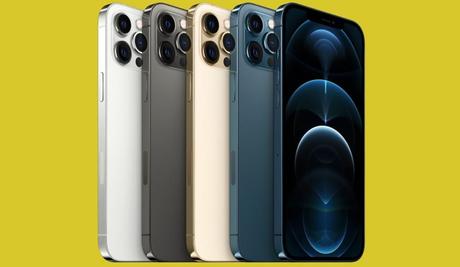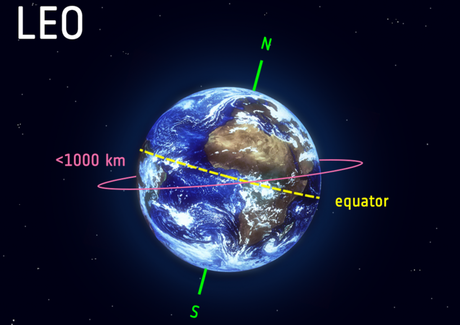There are few things more predictable in the topsy-turvy world of consumer electronics than the arrival of a new iPhone. Without fail, Apple produces a new edition to its smartphone line-up each fall, consistently delivering a faster processor, an updated camera, and a host of other features designed to lure in new and returning customers.
Now, as the debut of the iPhone 13 grows nearer, we're starting to hear rumblings of what to expect from the next generation device. And if the rumors are to be believed, there could be new technology incorporated into the phone that global wanderers and backcountry adventurers will definitely appreciate-the ability to communicate via satellite.

An iSat Phone?
Last week, noted Apple analyst Ming-Chi Kuo told a group of investors that the iPhone 13 is set to be unveiled in early September. That isn't any kind of revelation of course, but he also noted that the latest version of device would also come with built-in support for low-Earth orbit (LEO) satellite communications. According to Kuo, this would allow the iPhone to communicate even without the need for 4G or 5G network.
Normally, these kinds of out-of-nowhere predictions would be met with a healthy amount of skepticism, but coming from Kuo there is reason to believe they could be true. Widely regarded as " the most accurate Apple analyst in the world," he has established himself as one of the most reliable sources of information on upcoming Apple products.In fact, Kuo has been uncannily prescient when it comes to predicting the new features of not just the iPhone, but laptops, tablets, smartwatches, and a host of other gadgets.
According to Kuo, the iPhone 13 will come with a custom built Qualcomm X60 baseband processor that will enable communication with LEO satellites. While Apple typically designs most of its own internal chips, it does partner with Qualcomm to make its 4G/5G modems. This functionality would apparently be built into that chip, with similar support coming for other smartphone manufacturers in 2022.

The Globalstar Network
Of course, having an onboard modem capable of communicating with LEO satellites is only one half of the equation. In order for the iPhone to deliver this functionality, it also needs to connect with a satellite communications company. There is some speculation that the provider of that connection could be Elon Musk's Starlink, which has been building a low-Earth orbit network of satellites for several years. Early reviews of the system indicate that it may have a bright future, but that for now it is still a work in progress.
Instead, Kuo says it makes more sense for telecom carriers to partner with Globalstar, a company that has a proven track record in satellite communications. Its network is used in devices like the SPOT Satellite Communicator and an array of satellite phones. The company has also built a network of 24 LEO satellites and owns a swath of currently unused 5G data spectrum as well. Those assets make it a good option for this type of endeavor.
As you would expect, neither Apple nor Globalstar have commented on these rumors so far. Still, Kuo's track record for reliability was enough to create excitement amongst investors, sending Globalstar's stock up 44% in value in single day.

For Emergency Use Only?
If there is an another Apple analyst that comes close to Kuo in terms of accuracy, it is probably Mark Gurman. He's a tech reporter for Bloomberg who also has been remarkably accurate in sharing rumors of future iPhones, Mac computers, and other devices. He also first reported that Apple had a team working on satellite communications all the way back in 2019.
Gurman says that the iPhone 13 could have the satellite technology built in at launch, but the service may not be enabled and ready for use until next year. He also says that the device will be able to send text messages from remote corners of the globe where cell networks aren't available, although this feature is mainly meant for emergency use only. He concedes that it could eventually be used for voice calls as well, but a timeline for when that might happen remains murky.
If the new satellite service is intended to be used for short text messages and emergency communication only, it very well could function like the aforementioned SPOT Satellite Communicator. That device provides much of the same functionality now, albeit in a larger, more rugged form factor. Whether or not the iPhone would also offer live GPS tracking remains to be seen, but considering the hit that it would have on battery life, that seems unlikely.
Whether or not the iPhone 13 does indeed have the ability to communicate via satellite should be revealed shortly. Apple typically holds a press even announcing its new devices in the first half of September, with the new phones shipping later in the month or early October. That means we should soon find out whether or not Kuo is correct in his prediction.
If the rumor is true, we'll still have to learn when the service will be active and how much it will cost. Still, an affordable option for sending messages-and possibly voice-via satellites from a device I already carry with me on my travels sounds great. I'm pretty sure there are plenty of others who would agree with.
Stand by for more information soon. My prediction is that the iPhone 13 will be revealed on September 14.



